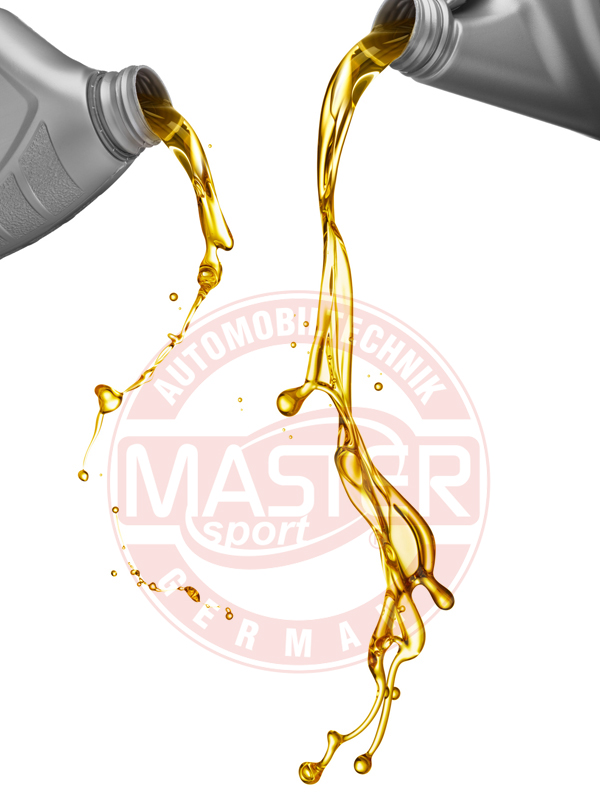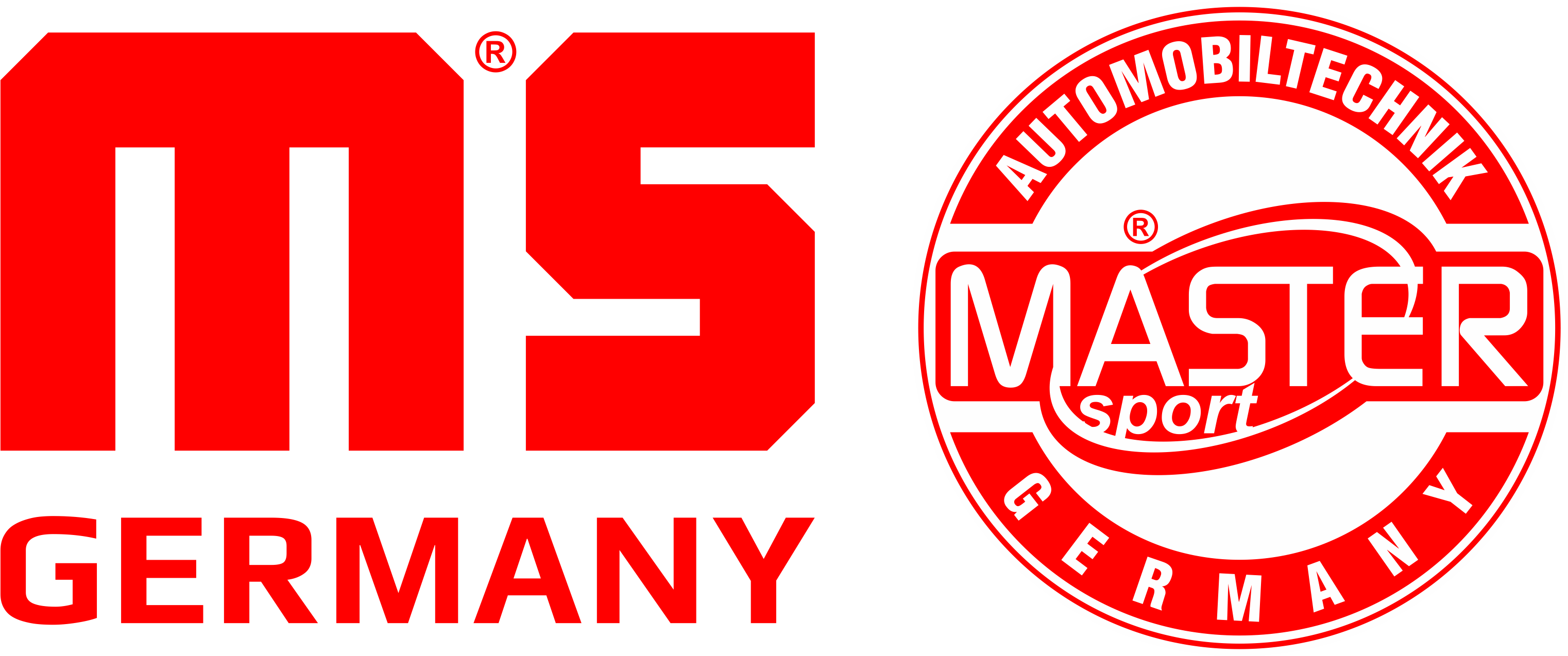Engine oil is an agent that is the real “engine bloodstream”, and its parameters and physical properties determine the efficiency of the unit, fuel consumption and the time of correct operation. It is distributed along the so-called main oil line,which is a system of channels providing lubricant supply to all moving parts of the engine. First and foremost, the main bearings and cranks of the crankshaft are lubricated, where the oil is supplied through special channels inside the shaft. An important element of lubrication is also the cylinder wall and the piston pin, which are lubricated with oil mist generated during the evaporation of oil in the crankcase. Furthermore, the oil flows through channels, greasing the camshafts and hydraulic adjusters of the valve clearance.
In addition to the basic task of creating an oil film, providing slip on contact of the moving parts of the engine, oil also serves other important functions:
Safeguards working components – the oil is the only agent in contact with the moving parts of the engine. Since during combustion some parts of unburned product accumulates as sludge and coke, these phenomena should be counteracted as efficiently as possible. To accomplish this, the oil uses additives which dissolve deposits.
Cleans the engine – the aforementioned removal of sludge and carbon deposits is neutralized by a constant flow of oil in the engine, flushing out this type of contaminants and their subsequent neutralization by deposition on the oil filter material
Cooling of internal engine components – we must remember that the components of the crank-piston or the timing unit are not being cooled, and the only factor to dissipate the heat is the oil (the oil temperature in the sump reaches approximately 90-130 degrees)
Seals the combustion chamber – the oil film on the surface of the cylinder walls with rings not only lubricates, but also seals – reducing the exhaust blow to the crankcase.
Dampens noise during operation – the noise heard clearly at the time of starting a cold engine disappears after it warms up.
No wonder that it is important to ensure oil change in the time specified by the manufacturer. What to look for when buying oil?
Type – mineral or synthetic oil
Mineral oil – refined oil – still the most common type of lubricant, and the main reason for this is their lower price compared to synthetic oils. A drawback, however, is the fact that even when using advanced refining technology, sulfur, reactive hydrocarbons and other unwanted materials can be found in the composition of mineral oils.
At the opposite extreme are synthetic motor oils, providing the highest level of performance. The fully synthetic engine oils are developed using synthetic base oils, which are formed during chemical synthesis, crude refining or other complex chemical reactions. Their molecular uniformity and purity are not available in the traditional refining process. Therefore they better endure tougher operating conditions. Normal mineral oils may lose their properties at high temperatures, which will result in unwanted sludge in the engine.
Apart from mineral and fully synthetic oils, there are also semi-synthetic oils. They consist of high-performance synthetic mixtures combined with conventional mineral oil, which brings an increase in performance compared to conventional mineral oils.
Synthetic oils, commonly called “Synthetics“, provide better protection at low temperatures, making it easier to start the engine in cold weather (fully synthetic engine oil can tolerate temperatures of even below -40°C). Their tolerance to high temperatures is also greater, which reduces the oxidation and wear of engine parts (best products protect the engine even at temperatures 200°C). Moreover, in the case of synthetic oil, there is less oil consumption (in a new, efficient engine, of course), improved engine protection under high loads, improved thermal stability and improved engine cleanliness.
As it can be seen from the above data, synthetic oils are ideal for new cars working under heavy loads. In most cars mineral oil is sufficient. So instead of wondering whether to choose mineral oil orsynthetic oil, more attention should be paid to the quality and viscosity of the oil purchased.
Classification of oil quality by the API, the American Petroleum Institute
The API distinguishes standards: one for petrol engines with the designation “S”, and one for diesel engines with the designation “C”. Mostly they occur together and we can see the designation on the oil container, e.g. “SN/CF”. The second letter means the standard that the oil meets in relation to its destination in a petrol or diesel engine. The further the letter of the alphabet, the higher the standard. Note, however, that you should always use oil with the designation provided by the manufacturer. If you use an SL oil in a new car with the requirement SN, it will not be the best solution. This also works the other way around, although to a much lesser extent – in extreme cases, if the engine has low requirements at the level SA, and you pour the oil SL into it, it may be damaged.
On the packaging of every engine oil, there is a marking determining the viscosity as per SAE (Society of Automotive Engineers).
The SAE classification divides oils on the basis of their operating parameters. The SAE distinguishes 12 viscosity grades:
- 6 winter grades marked with a number and the letter W (Winter): 0W, 5W, 10W, 15W, 20W, 25W
- 6 summer grades: 16, 20, 30, 40, 50, 60
Winter grades are determined by the following factors:
– the maximum viscosity that the oil can achieve at a given negative temperature
– the pumpability limit temperature
– minimum viscosity at 100°C
In turn, summer grades are determined by the following factors:
– minimum viscosity at 100°C
– maximum viscosity at 100°C
– minimum viscosity at 150°C and
For year-round oils the criteria for both summer and winter must be met.
The most common mistake involves identifying numerical symbols with the type of oil. The common reading oils e.g. 5W40 as synthetic and 20W50 as mineral is a mistake, because the viscosity does not say anything about the quality of the oil or any information on which group it belongs to. In the case of synthetic oils, there are both oils 0W20 and 25W50, just as in the case of mineral oils there are the same viscosity ranges as synthetic ones.
As seen from the above list, while choosing engine oil, it is necessary to observe the recommendations of the manufacturer as to the recommended viscosity and not only read the composition indicating the mineral oiland synthetic oil.
Important information for buyers is also the note of approval and acceptance of the oil by individual carmakers. Meeting the standards of a carmaker not only enforces the quality required within the European classification, but the fulfillment of the (often more stringent) requirements of the manufacturer.
IN the case of Master-Sport products, the oil meets the requirements of leading automotive manufacturers, such as, e.g. MB, VW, MAN, Volvo, Renault, guaranteeing full protection of the engine under all operating conditions.



